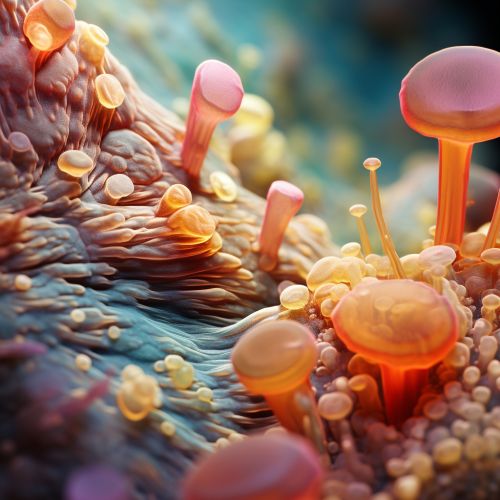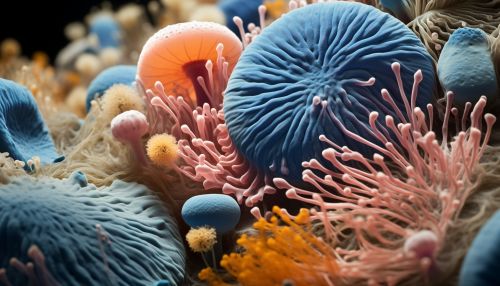Mechanisms of Microbial Biotechnology for Environmental Remediation
Introduction
Microbial biotechnology is a branch of biotechnology that applies microbial sciences to create technological advances in applied science and engineering. The discipline of microbial biotechnology encompasses areas such as microbiology, genetics, molecular biology, and biochemistry. It also involves the use of microorganisms to clean up contaminated environments in a process known as bioremediation.


Mechanisms of Microbial Biotechnology
Microbial biotechnology leverages the capabilities of microorganisms to degrade or transform pollutants. These microorganisms can be naturally occurring or genetically engineered for enhanced capabilities. The mechanisms of microbial biotechnology for environmental remediation can be broadly classified into three categories: degradation, transformation, and accumulation.
Degradation
Degradation involves the breakdown of pollutants into less harmful substances. Microorganisms such as bacteria, fungi, and algae are capable of degrading a wide range of pollutants, including hydrocarbons, pesticides, and heavy metals. This is achieved through the metabolic processes of the microorganisms, which can be aerobic or anaerobic.
Transformation
Transformation is the process by which microorganisms change the chemical structure of pollutants. This can result in the formation of less harmful substances or the immobilization of pollutants. Transformation can occur through various processes, including redox reactions, methylation, and halogenation.
Accumulation
Accumulation involves the uptake and concentration of pollutants by microorganisms. This mechanism is often used for the removal of heavy metals from contaminated environments. Microorganisms can accumulate pollutants in their cells or on their surfaces, thereby reducing the concentration of pollutants in the environment.
Applications of Microbial Biotechnology for Environmental Remediation
Microbial biotechnology has a wide range of applications in environmental remediation. These include the treatment of wastewater, the cleanup of oil spills, the remediation of contaminated soil, and the removal of heavy metals from industrial waste.
Wastewater Treatment
Microorganisms play a crucial role in the treatment of wastewater. They degrade organic matter and transform inorganic pollutants into less harmful substances. The use of microbial biotechnology in wastewater treatment can significantly reduce the environmental impact of industrial processes and improve the quality of treated water.
Oil Spill Cleanup
Microbial biotechnology is also used for the cleanup of oil spills. Certain microorganisms, known as hydrocarbonoclastic bacteria, are capable of degrading hydrocarbons found in oil. These microorganisms can be used to clean up oil-contaminated environments, reducing the environmental impact of oil spills.
Soil Remediation
Soil contaminated with pollutants such as pesticides and heavy metals can be remediated using microbial biotechnology. Microorganisms can degrade or transform these pollutants, reducing their toxicity and environmental impact. In addition, certain microorganisms can promote plant growth and improve soil fertility, further aiding in the remediation process.
Heavy Metal Removal
Microorganisms can accumulate heavy metals in their cells or on their surfaces, thereby reducing the concentration of these pollutants in the environment. This mechanism can be used for the removal of heavy metals from industrial waste, protecting the environment and human health.
Challenges and Future Directions
Despite its potential, microbial biotechnology faces several challenges in environmental remediation. These include the survival and activity of microorganisms in contaminated environments, the bioavailability of pollutants, and the potential for secondary pollution. Research is ongoing to address these challenges and improve the effectiveness of microbial biotechnology in environmental remediation.
Future directions in microbial biotechnology for environmental remediation include the development of genetically engineered microorganisms with enhanced capabilities, the use of microbial communities for more effective remediation, and the integration of microbial biotechnology with other remediation technologies.
